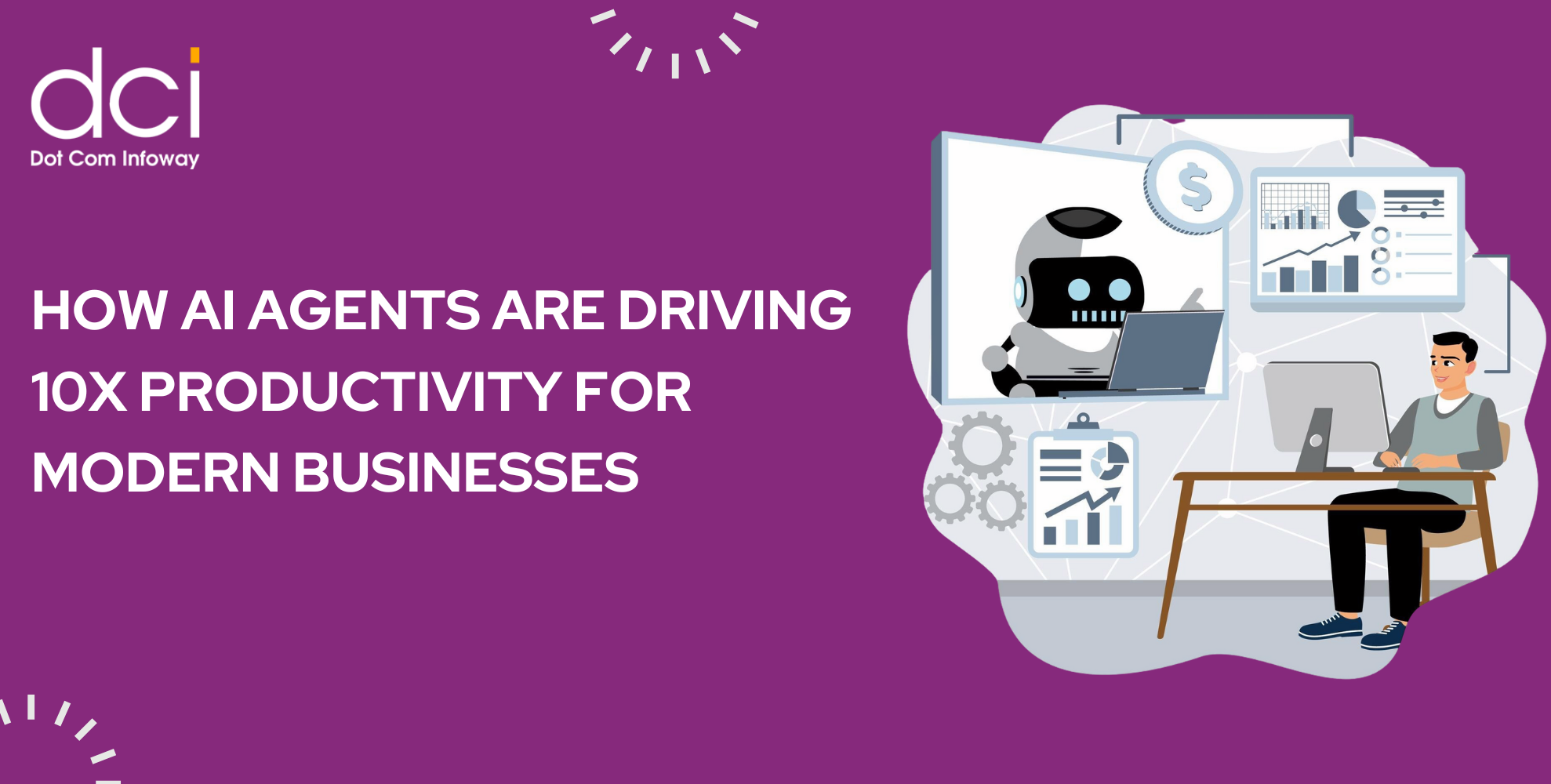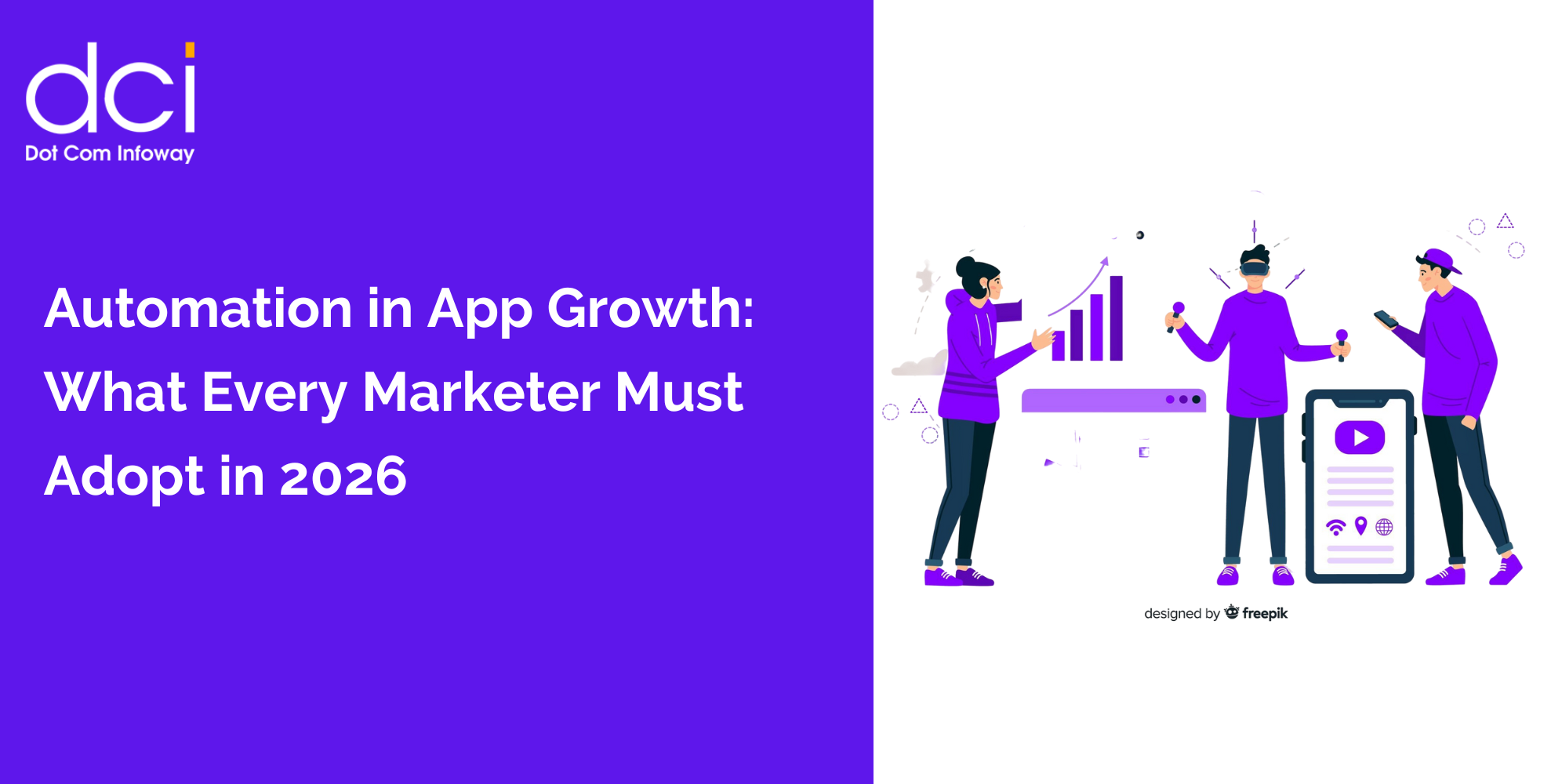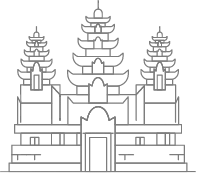Features of VR App Development
With the expansion in use of virtual reality mobile apps, many developers are venturing into VR app development. Development of innovative apps requires an enhanced look at the User Interface (UI) and User Experience (UX) of the application. This is because there is a considerable difference between the User Interface and User Experience of a VR gadget and a non-VR device
Some VR apps require additional support devices to make them work best with your phone. For example, you may need headphones to be able to track the position of the head. This is due to the difference in the User Interface of virtual reality apps and those of standard mobile apps
Virtual reality has enabled the creation of devices that will make the user spend very little time with their smartphones. One such gadget is the virtual reality headset. This gadget is different from the non-VR devices that will require you to scroll and click on display on the screen of your phone. This, therefore, means the features are also different in each device.
So if you are want to invest in a good virtual reality mobile app for your business, you need a developer who understands the features you need thoroughly.
The following are some of the essential features that your developer needs to consider when developing your VR app together with the User Interface design
Smooth App Operation
Before developing any virtual reality application, the most critical feature in the mind of the developer ought to be a smooth operation. An application that does not have smooth operations experiences animation lagging as well as cropping. Persistent bugs also make the operation of your app to respond slowly to user instructions.
In other extreme scenarios, the app may fail to respond entirely to user input. Such an app always turns users away An application with properly arranged scenes and a stable performance gives a better picture and attracts more downloads. Users get to enjoy seamless operations coupled with enhanced effects.
Stable and Efficient Tracking
The most important thing about VR apps is tracking. Monitoring helps the app detect the position of the head and transmit the resulting information to the screen of your smartphone. It uses sensors like accelerometers and gyroscopes to ensure the right data is tracked in order to give the correct image on the screen. Ensure your app has a stable tracking so that the information tracked and the image displayed is useful to your users. This way, they can be able to see what they are looking at.
Examples of Successful Augment Reality and Virtual Reality apps
Successful augmented reality and virtual reality mobile apps have been able to utilize the essential features in their development. This has enabled them to create a real like environment for users. The apps have been successfully used in a number of tasks.
Some of these tasks include; training, shopping, and work among other functions. Augmented reality uses the same environment we are in and put objects in real time. Virtual reality, on the other hand, creates an entirely new artificial environment. The successful augmented reality and virtual reality apps fall into different categories. Explained below are some of the examples;
Augmented Reality 3.0
These allow users to view images in 30. The users can see the objects in the real environment. Examples include the AUGMENT that businesses use to help users to see products as they appear in real life. These apps are available for IOS and Android and can be used for architecture and e-commerce. Another example is the Sun-Seeker that can give the 30 view of the solar path. It can be used by photographers to provide better light conditions and campers to locate best-camping sites.
Google Cardboard
This virtual reality platform was created by Google. It is a headset that allows users to build their viewers or buy pre-manufactured ones. Users can connect the cardboard to all the compatible apps on their phones and view the content using lenses.
Augmented Reality GPS
AR Global Positioning Systems assist in locating the position of a user. It also recognizes the user’s device orientations. Some examples of AR GPS include; AR GPS Drive or Walk and AR GPS Compass Map 30.
Sisters
This is an app created for the enthusiasts of horror movies. This virtual reality app is very terrifying as it gives a real-life experience of ghost stories. It has become very common among horror lovers.
Augmented Reality Games
This is augmented reality gaming software that uses your exact environment to give you an exciting gaming experience. An example is the Pokemon GO where users find and catch a Virtual Pokemon hidden in the map of the world.
Augmented Reality Browsers
This software provides users with contextual information when they point to a particular thing. For instance, when you aim at a specific building, information about the structure gets displayed on the screen of your smartphone. This can be the estimated value or the age of the building. Examples of such browsers include; AR Browser SDK and ARGON4.
Orbulus
This mobile application is regarded as an only evidence app. This is because it provides the user with a real life experience of places one can never visit. It is the creation of images created using Google’s Sphere technology. The images include the lesser known places in the world.
RYOT VR
The RYOT VR enables people to watch documentaries as they happen in the real world. These virtual reality documentaries usually highlight essential issues like drought, riots, and earthquakes just to name a few.
Conclusion
Virtual reality technology has hit the ground running and is taking over the app market by storm. Despite that, very few apps are able to support virtual reality. Creating innovative development apps with VR technology is therefore essential in order to tap this vast potential. The developers who have failed to develop VR apps are likely to miss out on the many benefits of this technology. Following this development guide will help you create a virtual reality app that can help you grow your business.
Related Articles:

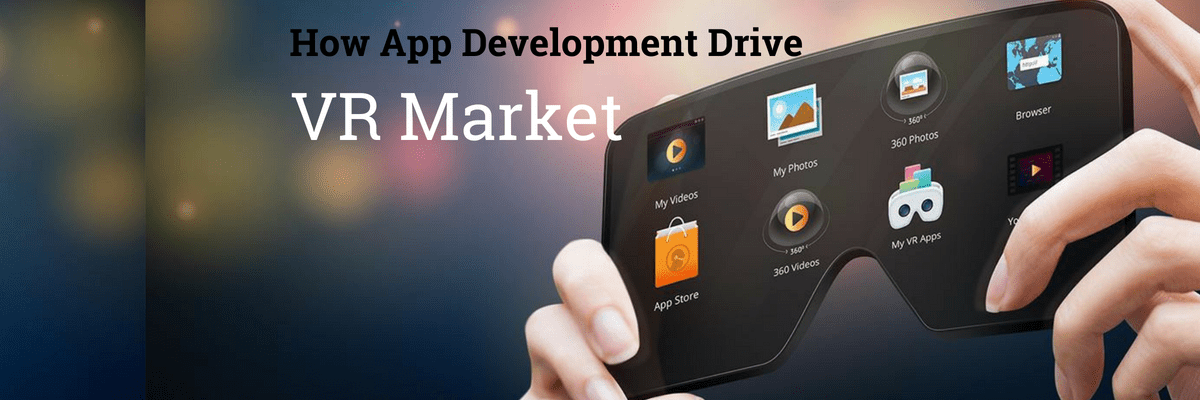
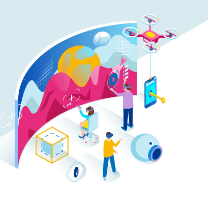
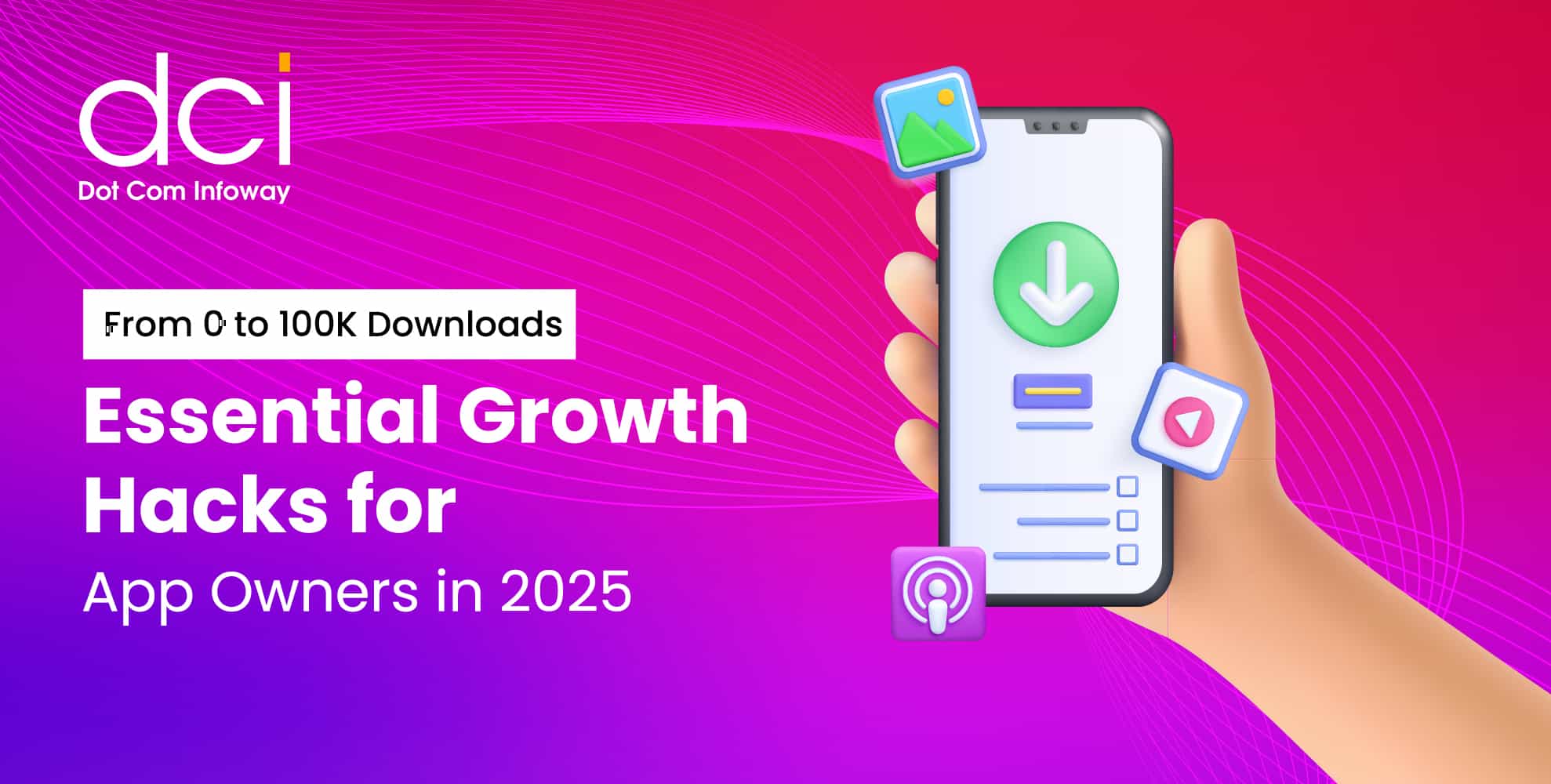

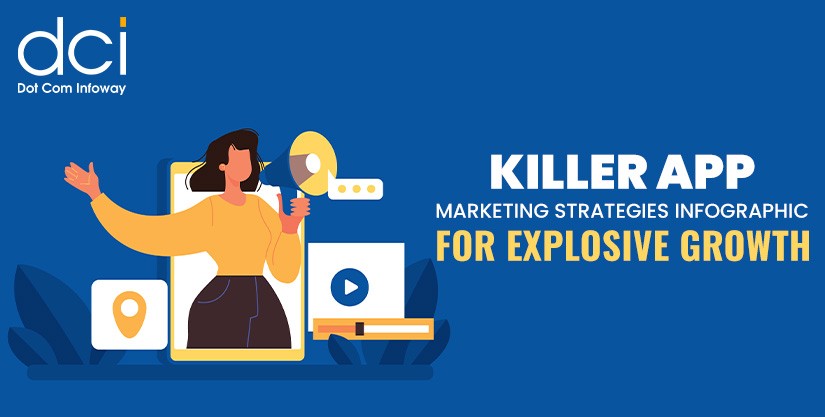

![The Game Marketing Guide: Pre and Post-Launch Strategies [Infographic]](https://www.dotcominfoway.com/wp-content/uploads/2023/09/DCI-Game-Marketing-blog-1.jpg)



